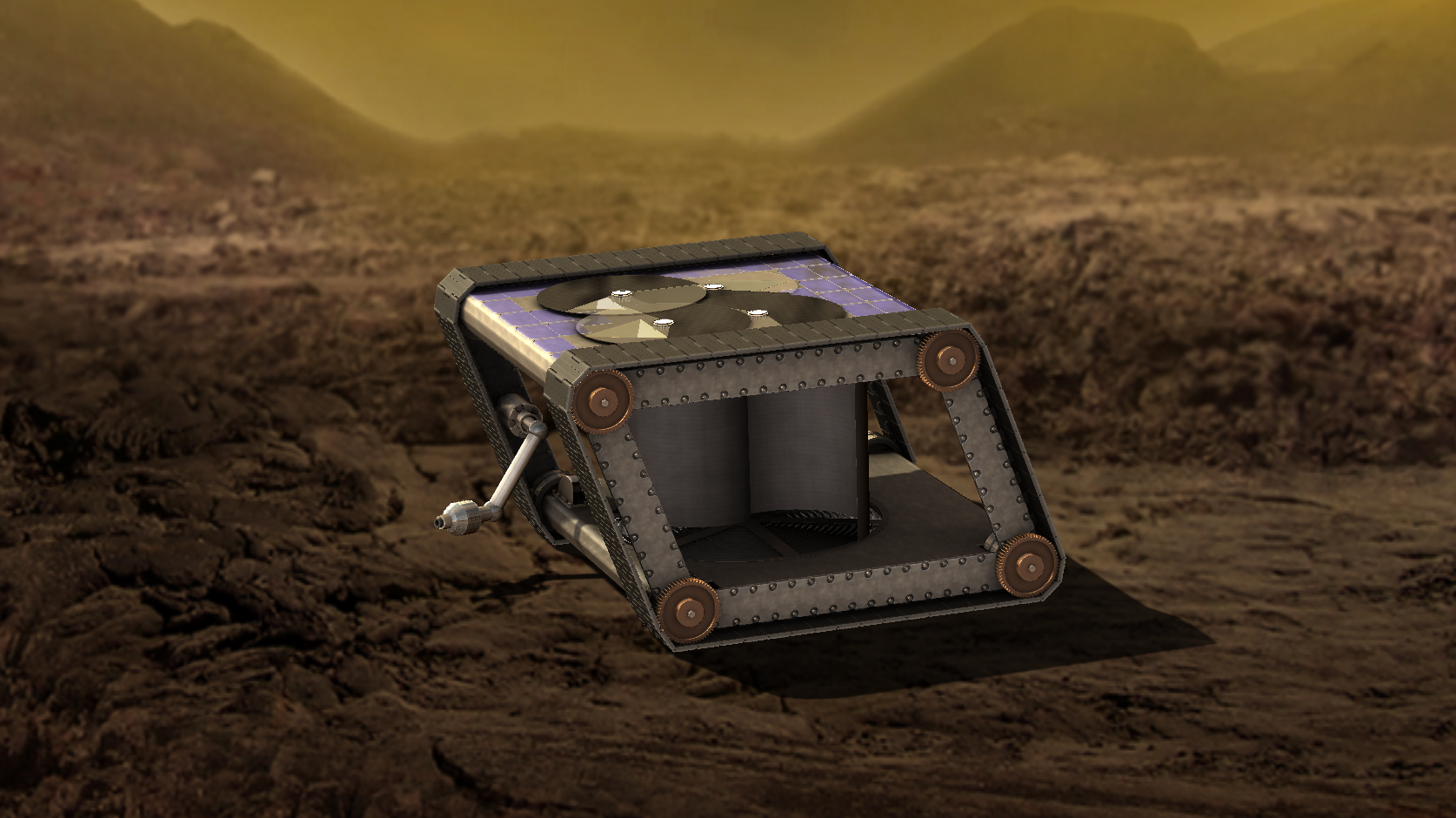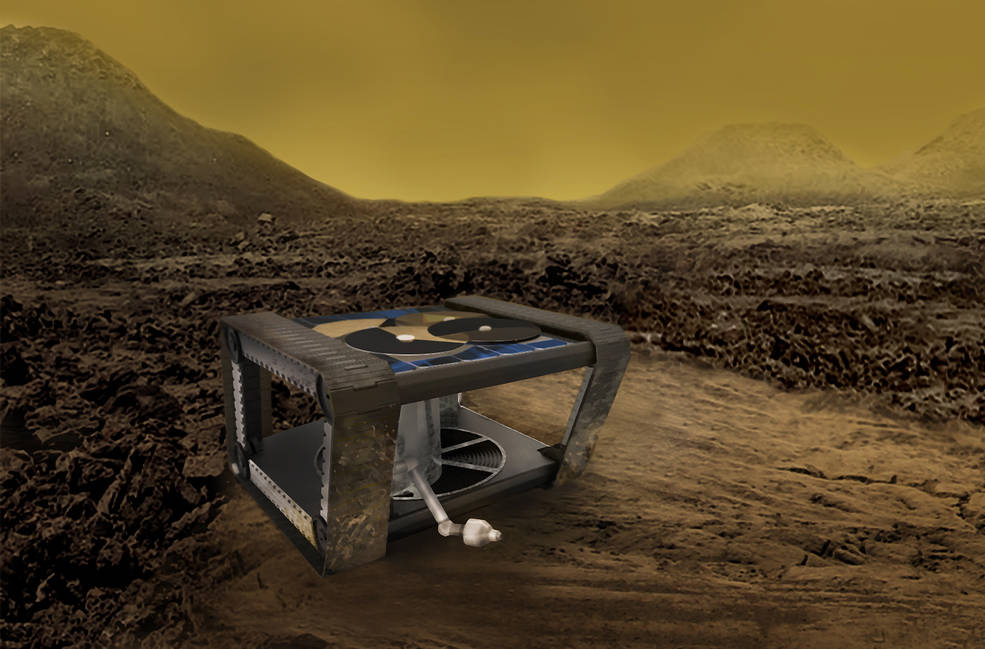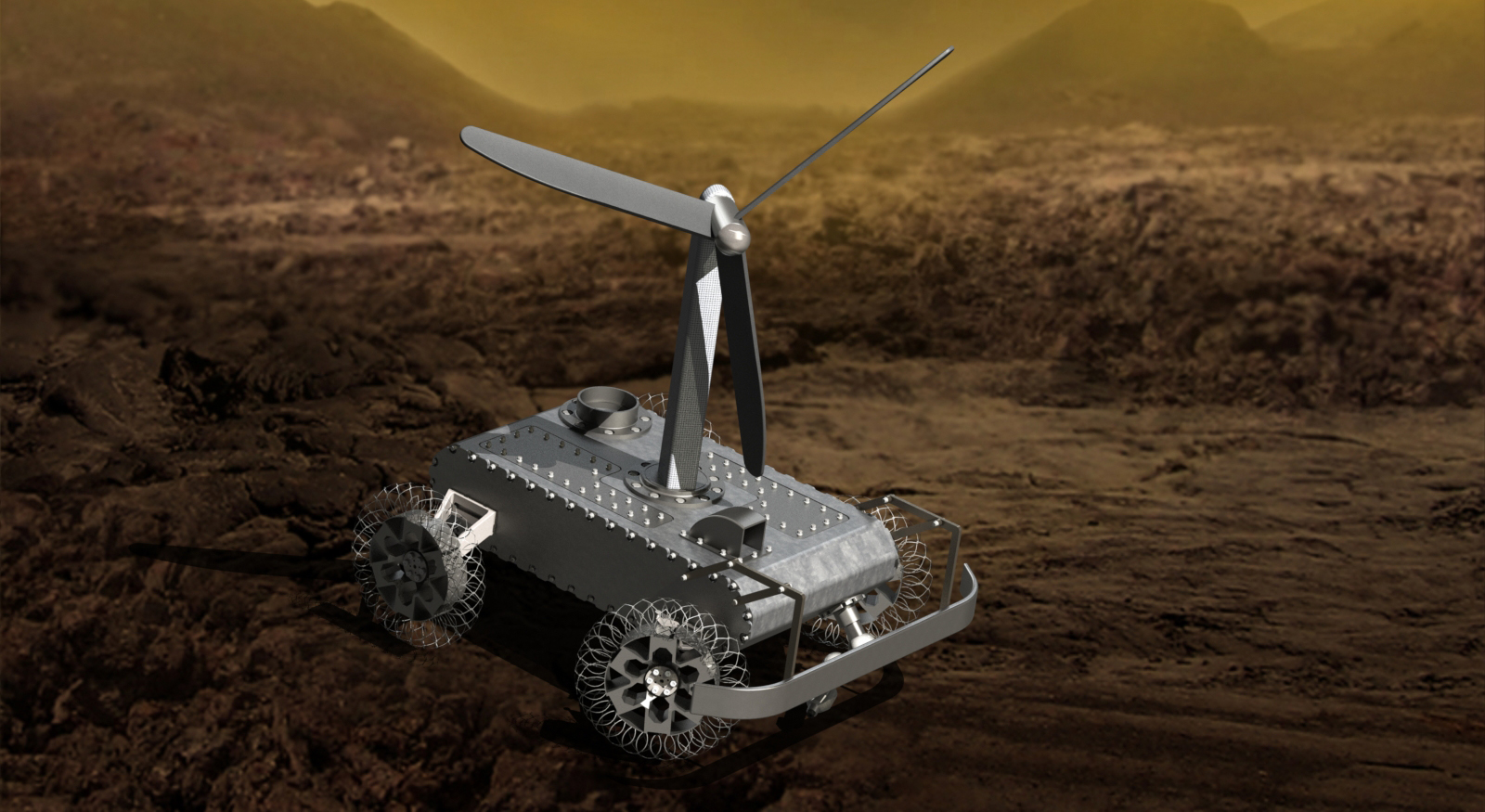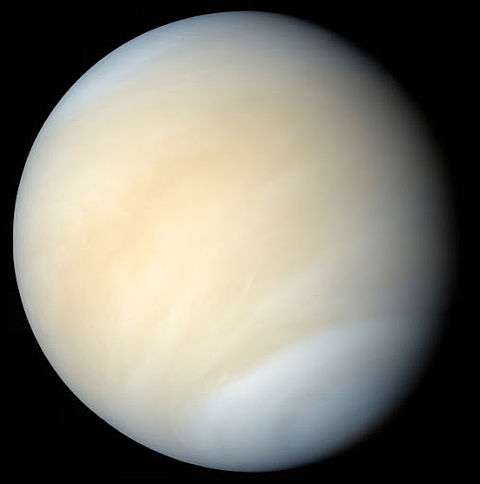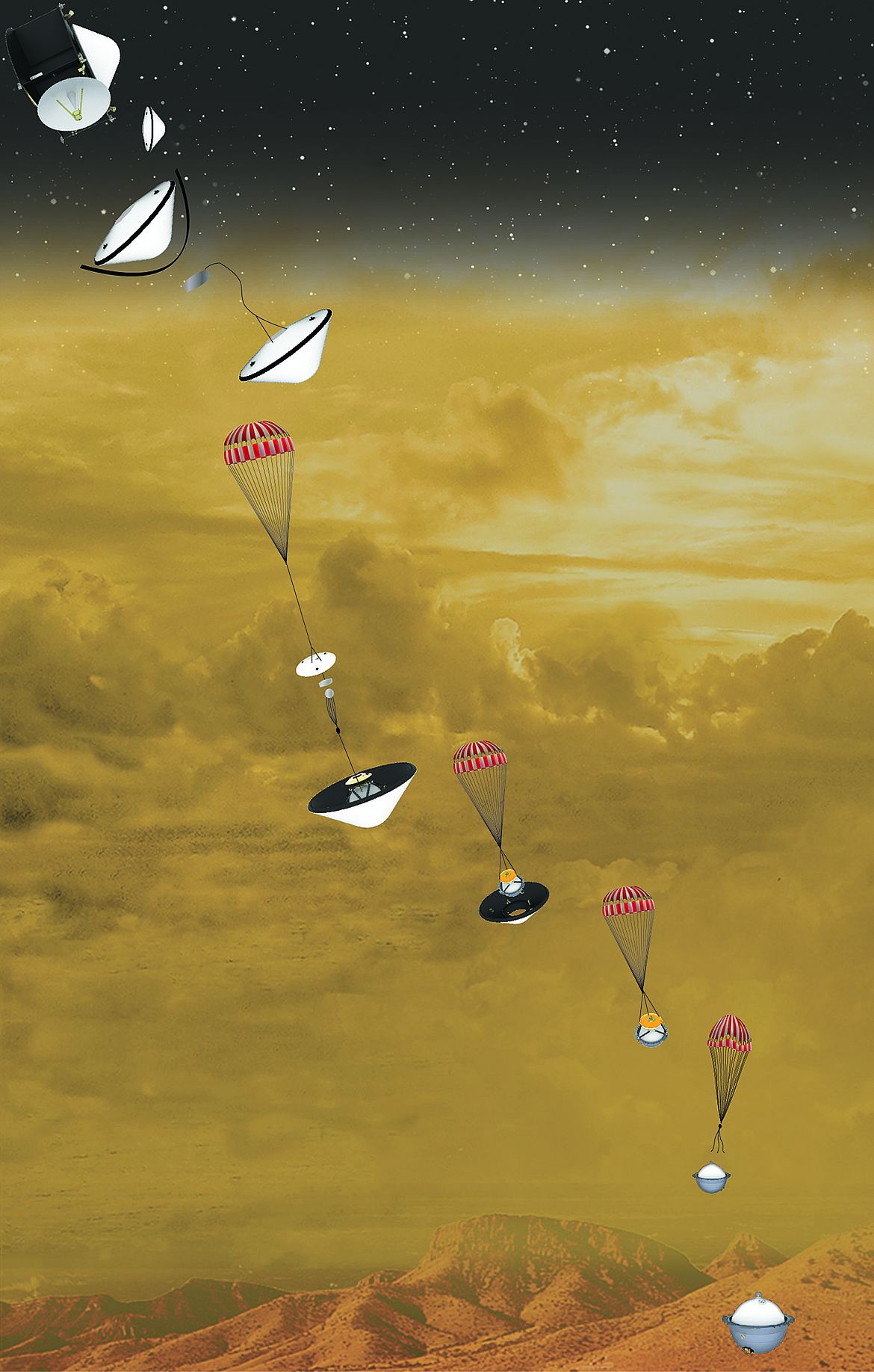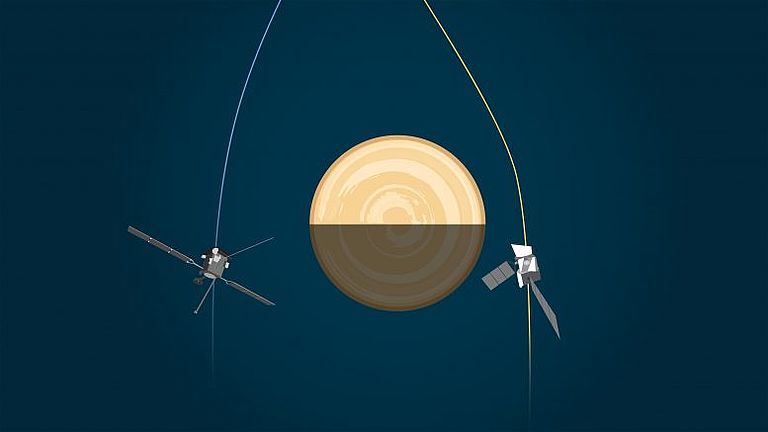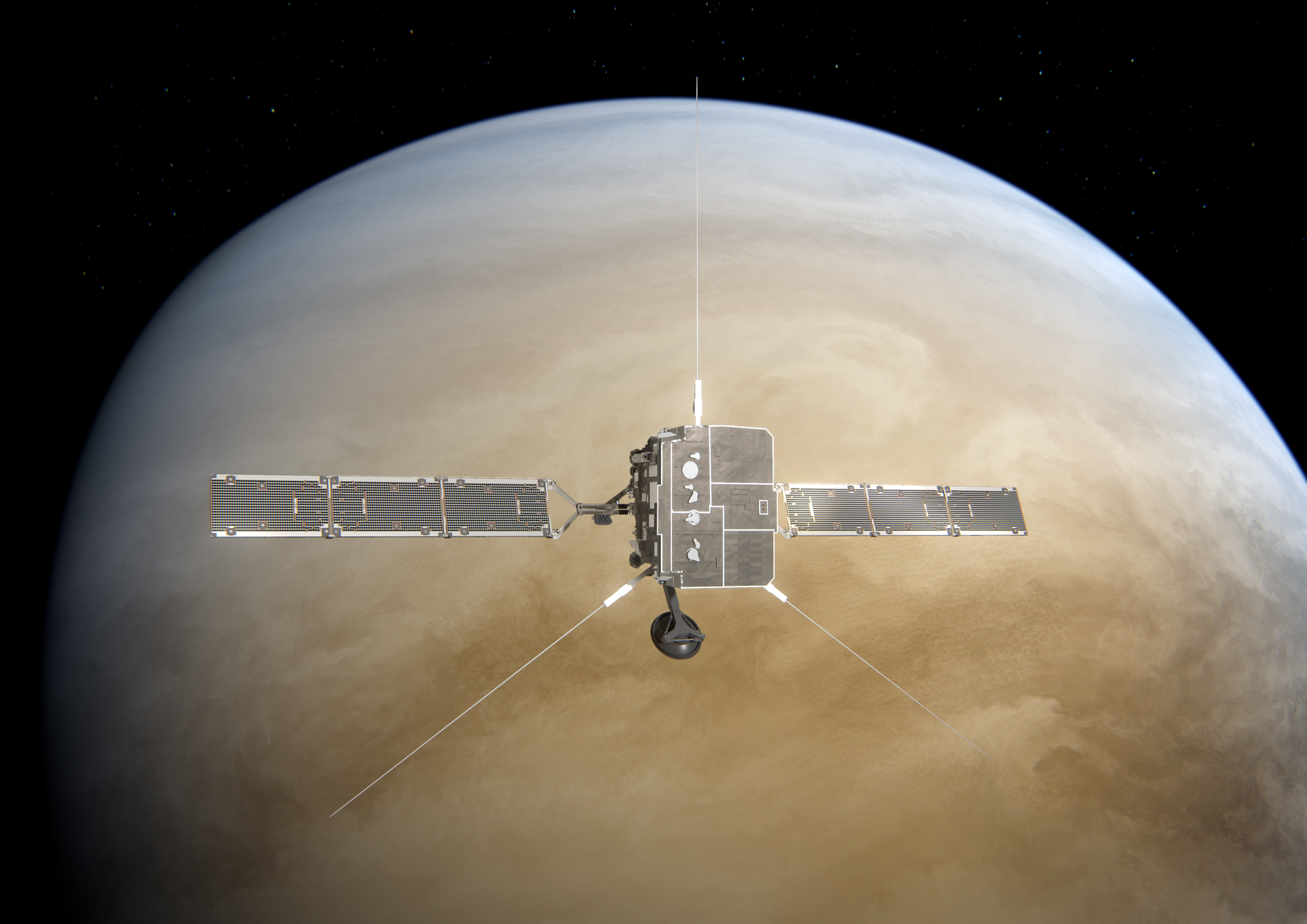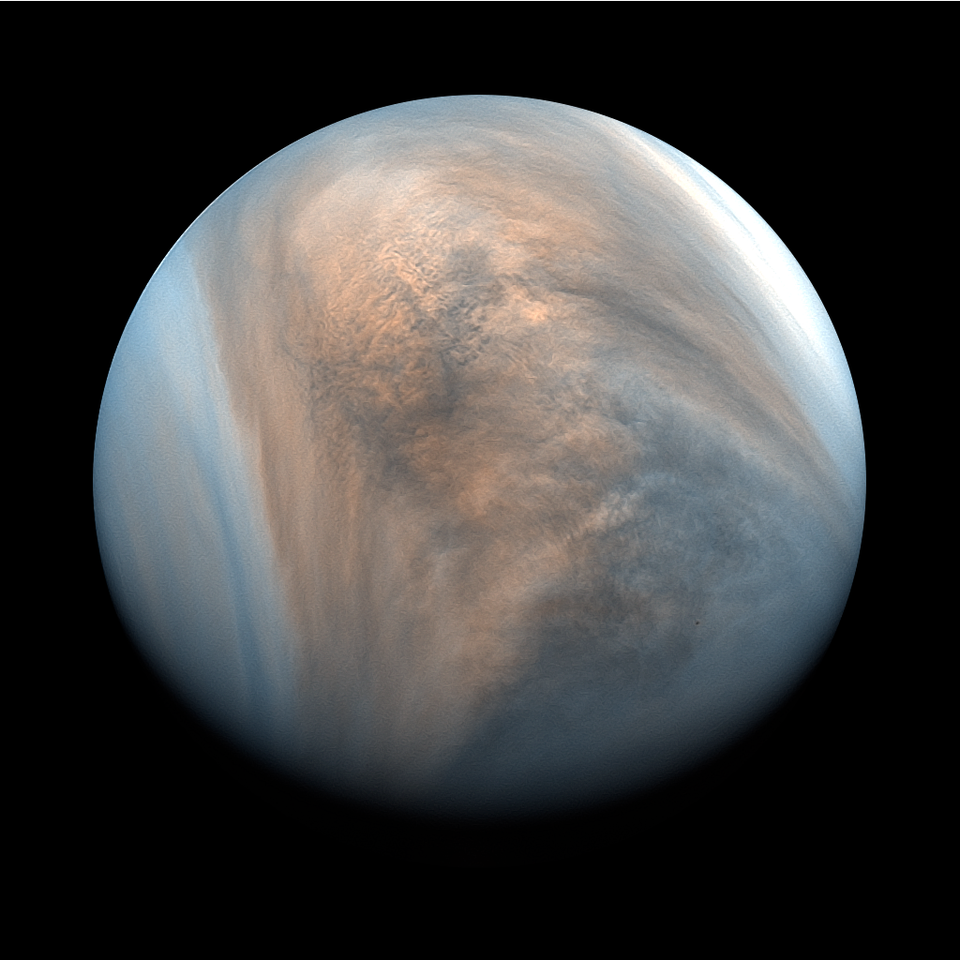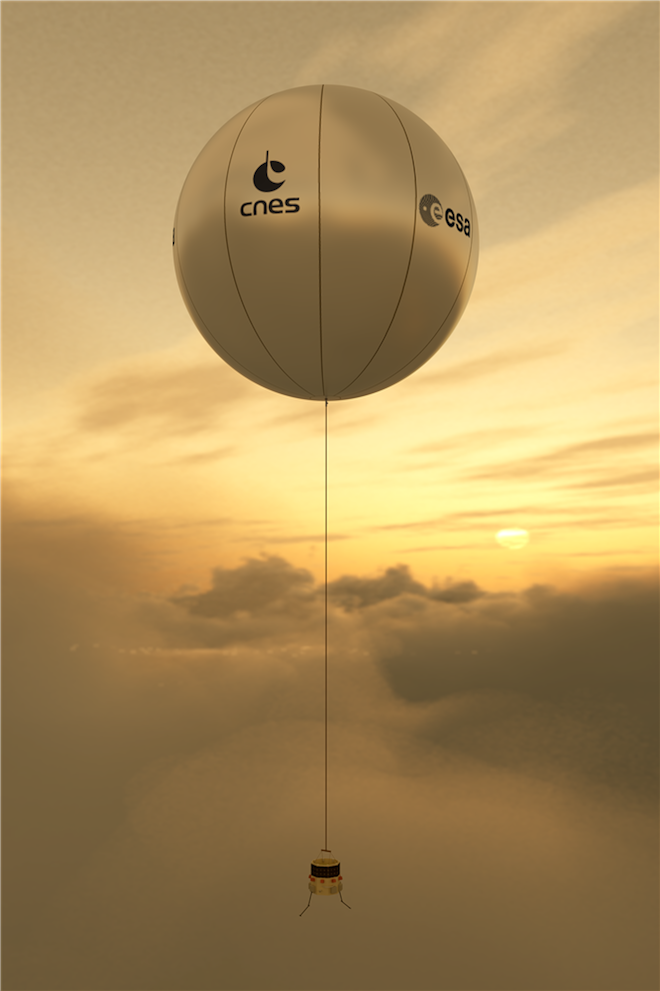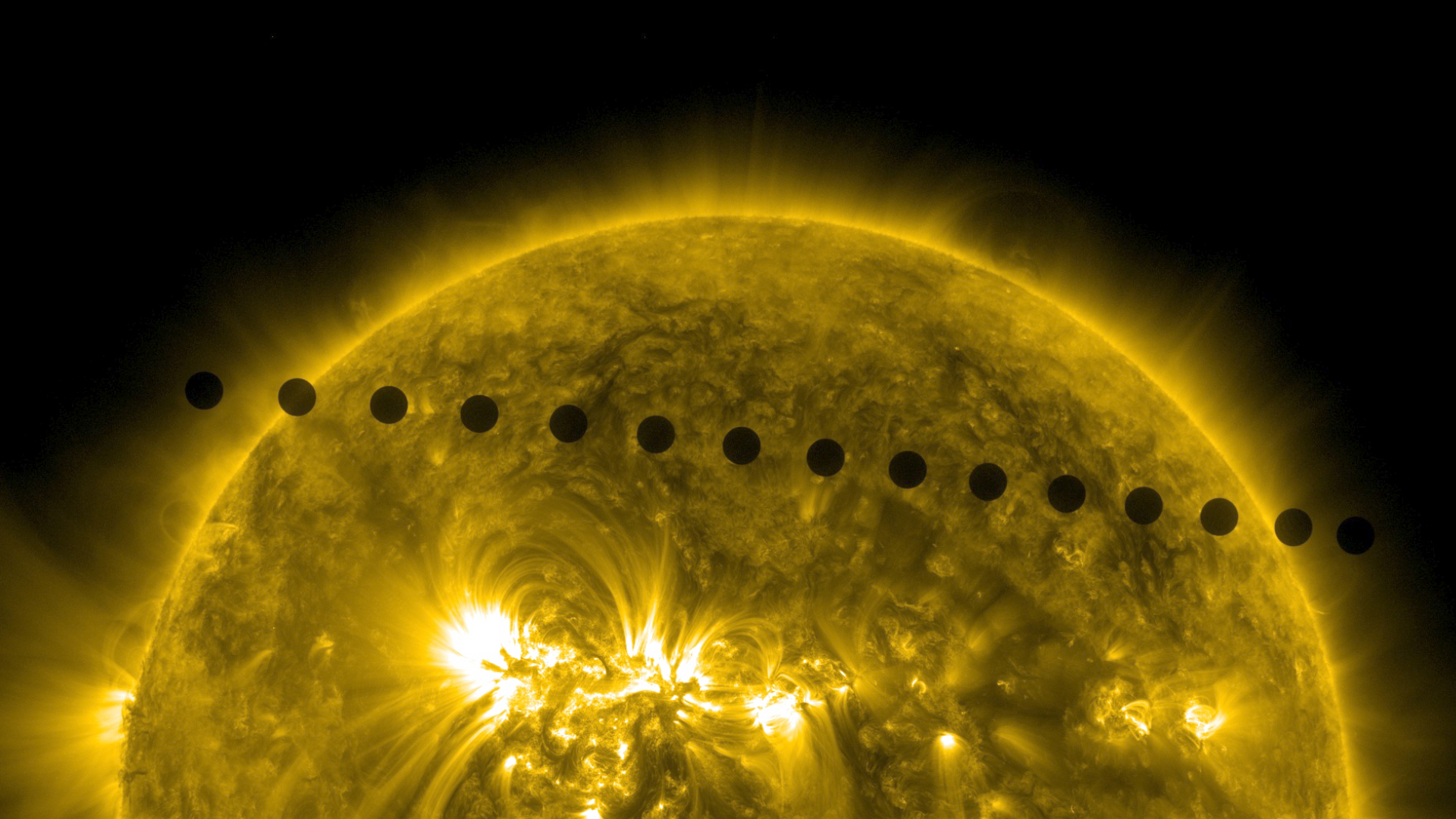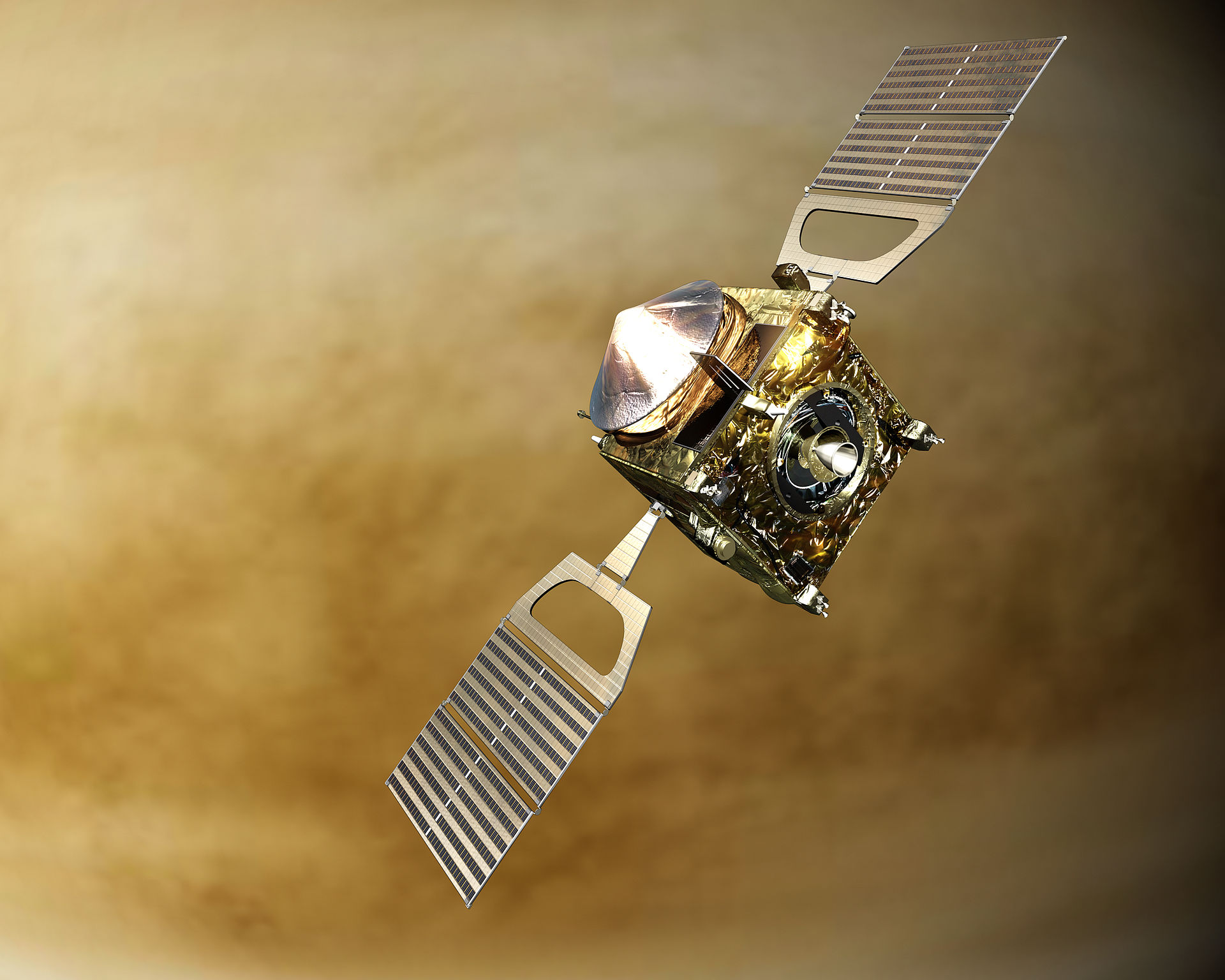At the beginning of the twentieth century Venus was still believed to be a planet characterized by paradise-like conditions. The reason for this assumption was the opaque atmosphere, which was interpreted as a cover of water clouds. Below this, a tropical climate and lush vegetation were assumed. The fact that this was a mistaken belief became clear at the latest when in 1967 the Soviet Venera-4 landing probe was crushed by the atmosphere at an altitude of 25 kilometers on its descent to the surface. Just before its demise the probe registered temperatures of well over 270 degrees Celsius. The first probe to make it to the surface of Venus was Venera 7 in 1970. Although the probe survived the descent through the atmosphere marking the first ever soft landing on a foreign planet, it failed after just over twenty minutes on the Venusian surface. The subsequent missions fared only marginally better. So far, no probe has functioned on the surface of Venus for more than two hours. The reasons for this: the temperatures on Venus exceed 450 degrees Celsius and the pressure is ninety times higher than on Earth's surface. How do you explore such a hostile environment?
A pragmatic answer to this question could be: not at all. However, the fact that Venus is highly interesting from a scientific point of view speaks against this. Venus and Earth are sister planets, meaning that studies on Venus can provide an insight into the origin and development of the Earth. Why did the Earth and Venus evolve in completely different directions over the course of time? Do the conditions on Venus represent the final state of the climate change currently taking place on Earth? And can there be life on Venus despite the extreme conditions? These are all questions that cannot be answered by exploring the Earth alone.
Another conceivable answer would be: from a distance. However, since the constantly closed cloud cover blocks the view of the Venusian surface, the exploration of the planet using remote sensing instruments is anything but easy. The clouds are impenetrable not only to visible light, but also to most other types of electromagnetic waves. There are only a few wavelength ranges in which the atmosphere appears transparent. For this reason, the surface of Venus has so far been mapped almost exclusively by thermal and radar imaging. Although this has allowed a good global overview to be obtained, the crucial scientific questions cannot be answered on the basis of these data alone.
What remains is the exploration of the surface of Venus in-situ, i.e. with one or more landing probes. The last landing on Venus was in 1985, when the Soviet Vega 2 probe delivered data from the surface for almost an hour before contact was lost due to overheating. Despite the technical advances of recent decades, the extreme temperatures on the surface of Venus continue to pose a challenge even for modern probes. Electronic components, in particular, are still a weak point and represent the limiting factor for the service life of equipment. Although further short-lived missions to Venus would also have a scientific benefit, the expense would hardly be justifiable.
To deal with this problem, several research groups have developed concepts based on rather unusual approaches.
NASA: Exploring the surface of Venus with a mechanical rover
Since the electronics of conventional probes are a weak point under Venusian conditions, NASA has developed the idea of bringing a probe to Venus that uses mechanical components for its basic functions and relies on electronics almost exclusively for the collection of scientific data. And the authors even go one step further: their concept is not simply a landing probe, but a rover.
The project is called AREE (Automaton Rover for Extreme Environments) and represents a mixture of mechanical computer, military technology first used in World War I and modern high-tech materials.
By largely dispensing with electronic components, the rover is expected be able to survive on the surface of Venus not just for a few hours, but for days or even months.
Instead of circuit boards and circuits, levers and gears are to take over the control of AREE. Performing calculations in a mechanical way is anything but a new idea. Precursors of the first mechanical computers already existed before Christ. The best known example is the mechanism of Antikythera, which was probably developed around 200 B.C. The mechanism was used to predict astronomical constellations and it is the most complex device known from ancient times. The first machines for performing mathematical operations appeared in the 17th century and reached everyday use towards the end of the 18th century.
The energy for the mechanical control unit and other basic functions is to be obtained not from the sun, but from the winds that are constantly blowing on Venus. Due to the high density of the atmosphere, even low wind speeds generate sufficient force to drive a wind turbine. The advantages of this type of energy generation are obvious: it also works when the sky is overcast and at night. This is particularly important on a planet that is constantly enveloped by dense clouds and where one night lasts 50 Earth days.
Since the knowledge about the surface of Venus is still rather patchy, AREE should initially move on legs to deal with stretches of uneven terrain. The inspiration for this was provided by the "Strandbeests" of the Dutchman Theo Jansen, which are based on the movement patterns of animals and are also wind-driven. For reasons of stability, however, this idea was soon discarded and replaced by more conventional methods of locomotion. The most straightforward approach would be to use wheels, but rhomboid crawler tracks were also up for discussion. Compared to wheels, these have the advantage that they get stuck less easily and allow for turning on the spot. During World War I the technique was successfully used in the construction of tanks.
Autonomous locomotion in unknown terrain requires sophisticated sensor technology that prevents the rover from colliding with obstacles, getting stuck in holes or falling into chasms. NASA recently launched a public competition to develop a sensor to this end for AREE. Anyone over the age of 18 who speaks sufficient English can take part. The best three ideas will be rewarded with a total prize money of 30,000 dollars. Sounds too good to be true? Here comes the catch: the sensor not only has to withstand the conditions of Venus and perform its task reliably, but it must also be compatible with AREE's mechanical control unit.
The basic functions are to be covered by mechanical components, but the rover cannot do without electronics entirely. Some of the scientific instruments require electrical power. This energy is to be generated by solar cells and stored in high-temperature batteries.
The communication of the collected data is to be carried out by mechanical means. Based on methods of optical telegraphy, the rover is to be equipped with up to four radar targets with rotating shutter mechanisms. In this way, binary (only position of the shutters) and non-binary (inclusion of the rotational speed of the shutters) digital signals could be transmitted to an orbiter and from there to Earth.
OHB: Autonomous aircraft for the search for life in the atmosphere
Meanwhile, engineers at OHB are thinking in a completely different direction: Is it even absolutely necessary for the scientific mission to land on the surface of Venus? Is it not enough to fly in the atmosphere? After all, the atmosphere is considered to be the most likely place for the occurrence of life.
The idea of exploring Venus with atmospheric probes is not new either. The Soviet Vega missions successfully deployed balloons, which could stay in the atmosphere for several days and collect data. However, balloons are passive probes that follow the currents in the atmosphere. Missions of this kind are over when the balloon is driven to the night side of Venus and thus cut off from its energy source. In the atmosphere of Venus, the winds reach extremely high speeds, meaning that this case inevitably occurs after only a few days. A probe that is to supply data over a long period of time must therefore also be able to move against the current.
This is precisely what OHB is working on. From an orbiter, an entry capsule is to enter the atmosphere, where it will launch up to two propeller-driven probes which will be able to fly autonomously for several weeks. The design concept provides for the probes to take the form of aircraft with low wing span. The wings would also have to be foldable for transport. Since the probes are to move at an altitude of approximately 50 kilometers above the surface and thus within the cloud layer of Venus, the energy can be provided using solar cells. Due to the high reflectivity of the clouds, solar cells are to be mounted not only on the upper side of the probes, but also on the underside. In this way, enough energy can be generated to fly against the wind at least at high latitudes and thus keep the aircraft on the day side.
Since the temperatures at the intended flight altitude of the probes are only about 60 degrees Celsius, the use of electronic components does not pose a major problem, unlike when landing on the surface. When choosing materials, however, it must be borne in mind that the clouds in the Venusian atmosphere do not consist of water vapor, but instead are largely composed of droplets of sulfuric acid, as well as aerosols containing chlorine and phosphorus.
The scientific primary mission of the atmospheric probes is to search for traces of life. Bacteria-sized particles have already been discovered in the clouds by the second American Pioneer Venus mission. In order to be able to investigate these more closely, the atmospheric probes are to be be equipped with a gas chromatograph and a high-resolution spectrometer, among other instruments. The collected data is to be stored by the probe and then transmitted to Earth via the orbiter. In addition to that, the orbiter is to house various remote sensing instruments of its own.
Both NASA's AREE project as well as OHB's atmospheric mission are still in the preparatory phase. Nevertheless, both missions have the potential to fundamentally extend knowledge of Venus and thus also knowledge of our Earth.

